10 “Hypoallergenic” Dog Breeds That Actually Cause Plenty of Allergies
The dream of an allergy-free dog may sound appealing, but research doesn’t support it. Studies confirm that all dogs produce “Can f 1,” the protein behind most allergic reactions. Based on current allergen research, these 10 examples illustrate how so-called “hypoallergenic” breeds can still trigger symptoms, despite their reputation for low shedding.
Poodle
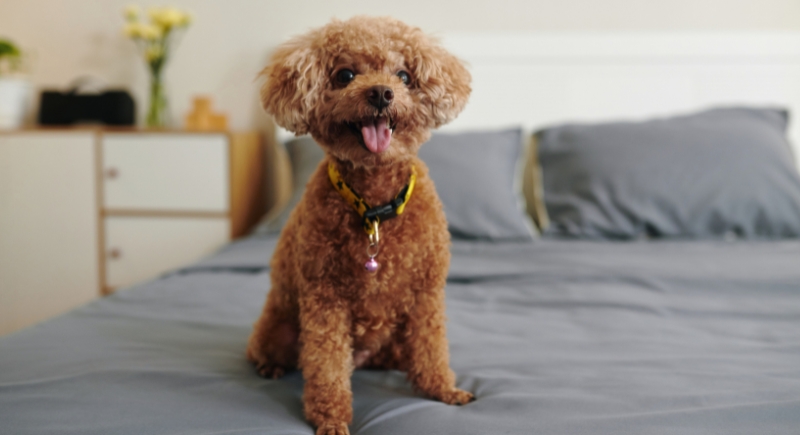
Credit: Dragon Images
Tightly curled coats convinced many families that Poodles created cleaner air indoors. Yet, environmental studies show that the major allergen “Can f 1” appears at similar levels in homes with Poodles as well as in those with heavier shedders. What changes is the mess you notice, not the biological material that causes sneezing or itchy eyes.
Labradoodle
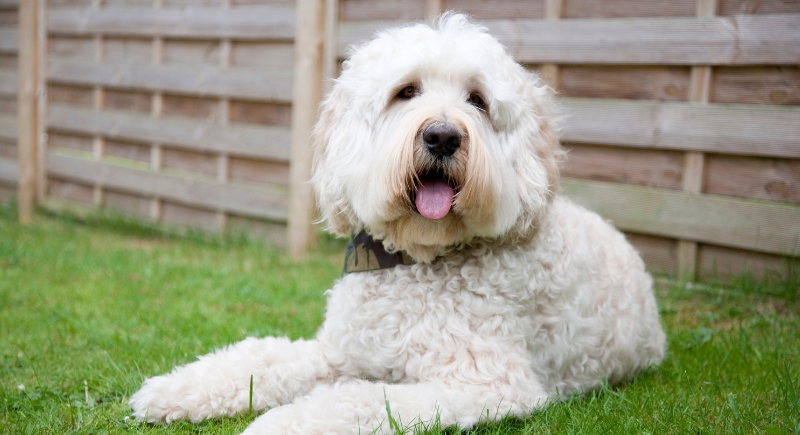
Credit: Getty Images
The Labradoodle’s image grew quickly due to its friendly temperament, paired with low shedding. But when researchers compared allergen levels between mixed breeds and purebreds, the numbers didn’t show any predictable pattern.
Portuguese Water Dog
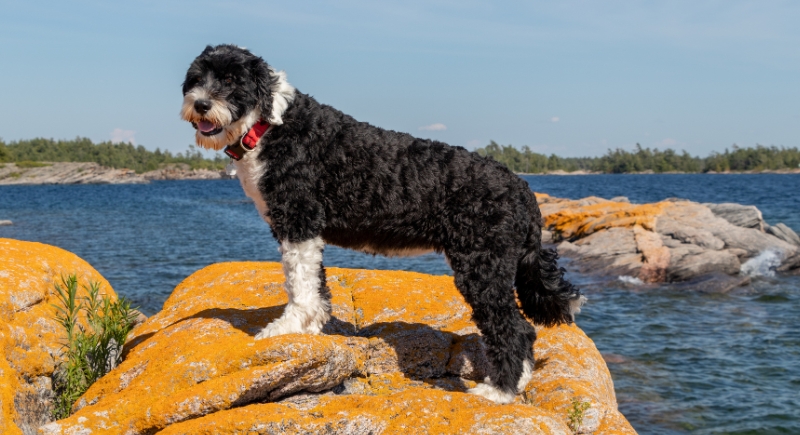
Credit: Getty Images
Public perception changed when this breed appeared in high-profile homes, but medical experts continued to emphasize the same point: a coat that sheds little does not reduce allergen production. Portuguese Water Dogs release “Can f 1” like all other breeds, and indoor levels typically match those found in homes with more visibly furry companions.
Airedale Terrier
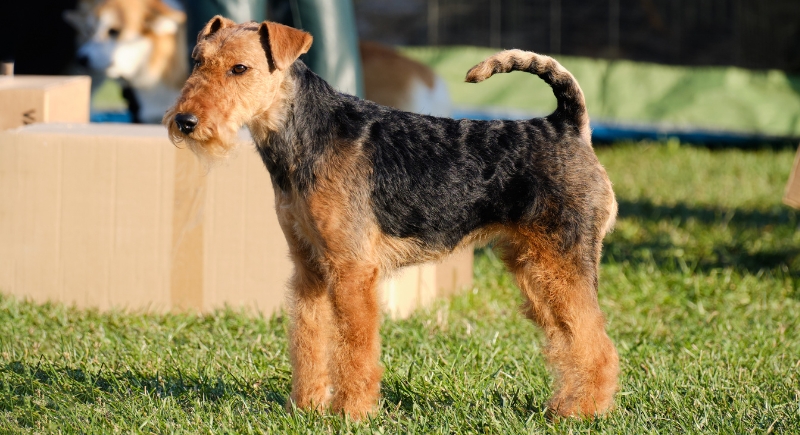
Credit: Canva
The wiry coat suggests tidy grooming, which leads many to believe the dog leaves fewer allergens behind. Real-world sampling doesn’t support this assumption. Dander and saliva, which are also primary allergen sources, accumulate regardless of coat texture. Airedales may drop less hair, yet allergen readings in their households sit firmly within normal ranges.
Bichon Frise
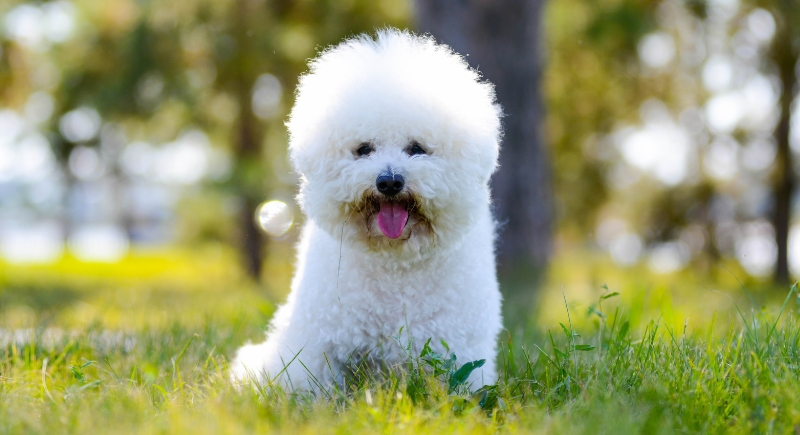
Credit: Getty Images
The popularity of the Bichon Frise among allergy-conscious families grew because its coat rarely sheds fur around a room. Researchers studying home environments, however, note that inhaled allergens don’t depend on shed hair. “Can f 1” disperses easily through everyday activity, and homes with Bichons typically show the same allergen signatures found in any other dog-owning household.
Soft Coated Wheaten Terrier
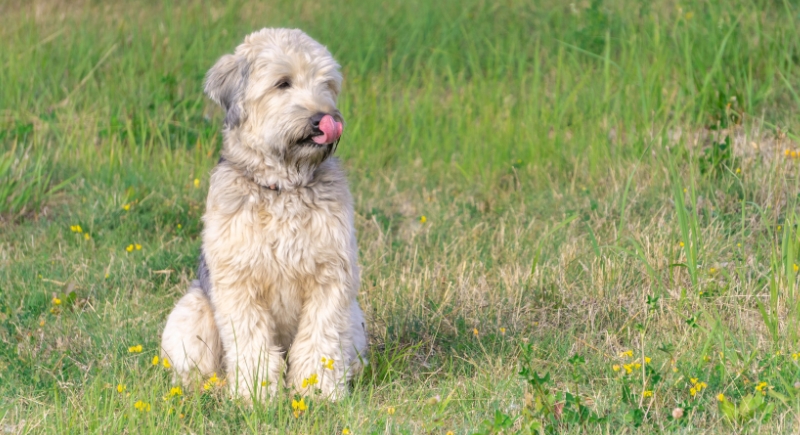
Credit: Getty Images
People often cite this breed’s single-layer coat as evidence of lower allergen risk, but environmental studies highlight other factors that influence exposure, such as cleaning habits, grooming frequency, and indoor airflow. Wheatens still distribute allergenic proteins through dander and saliva, which means the coat structure doesn’t change the underlying biology.
Maltese
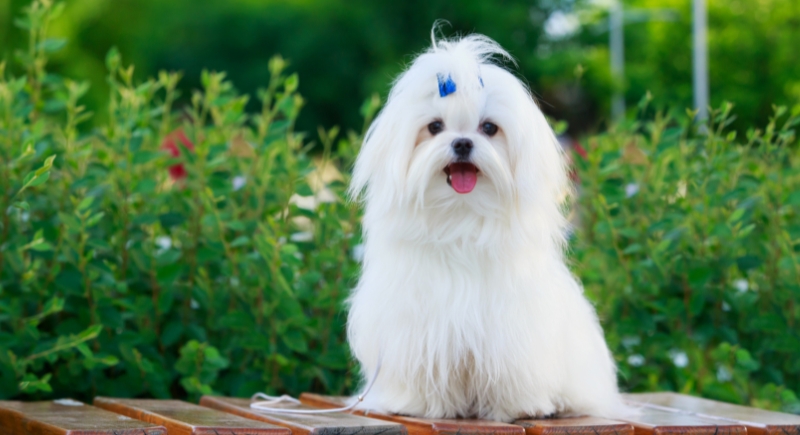
Credit: Getty Images
Small size leads many to expect fewer allergens overall, yet the science doesn’t support that assumption. “Can f 1” easily transfers onto bedding, upholstery, and clothing, where it lingers long after the dog jumps down. Even a lightweight Maltese can create enough environmental accumulation to affect sensitive individuals.
Schnauzer
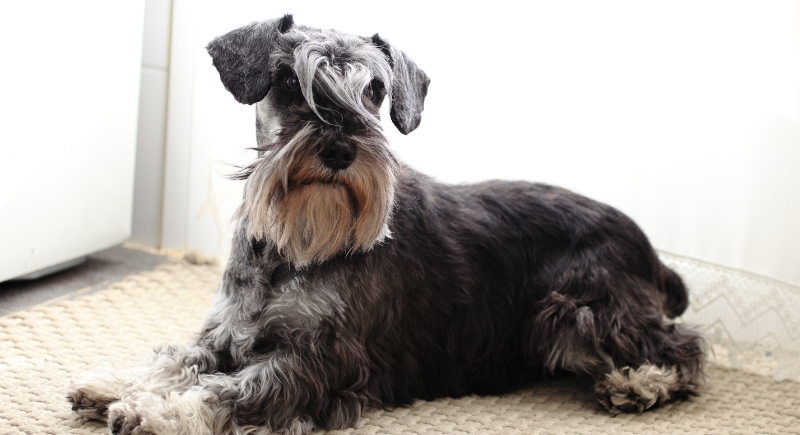
Credit: Getty Images
The coarse beard and textured coat often lead to claims that Schnauzers carry fewer allergens, but veterinary allergists emphasize that coat appearance has no measurable impact on the production of allergens.
Lagotto Romagnolo
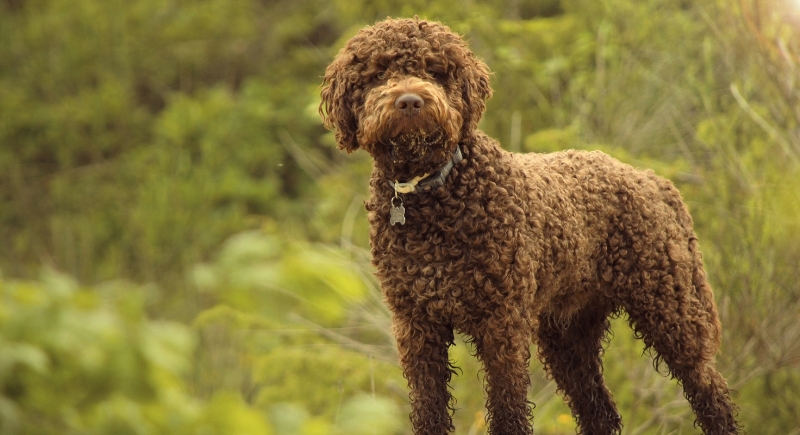
Credit: Getty Images
Their thick curls once gave this breed a reputation for trapping hair. Yet, peer-reviewed data doesn’t link curl density to reduced allergen presence. Environmental factors, such as vacuuming routines, ventilation, and where the dog sleeps, shape exposure far more than coat type. Lagottos release allergens at levels indistinguishable from other dogs.
Kerry Blue Terrier

Credit: Getty Images
The Kerry Blue often gets promoted as a friendlier pick for allergy-sensitive households, but individual dogs vary widely in how much Can f 1 they produce, regardless of reputation. Sampling inside real homes shows that Kerry Blues leave measurable traces of dander and saliva proteins.